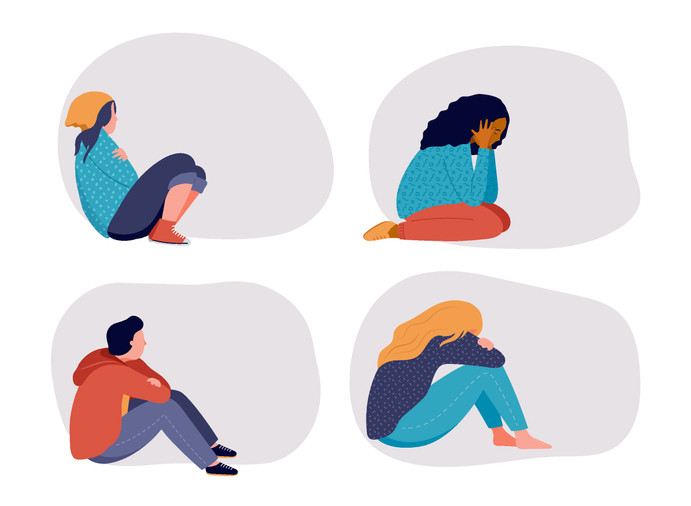Lilit Chilingaryan (11) | STAFF REPORTER
Biases, assumptions, and our own impressions compiled from experience are superimposed on the lens through which we view people. This perception changes based on if we know (or think we know) a person, have shared opinions, relate to their values, and other factors that would determine the level of intimacy. However, there is a certain type of relationship that depicts strangers as close friends and personifications of appealing values: parasocial relationships.
Parasocial relationships are one-way connections in which a person feels a close bond with another person, even if the other doesn’t even know of their existence. Take celebrities, for example: you know all the little details of their life, go through their highs and lows, and look up to them, relating to them simply from what you learn. You relate to them through their ideals, qualities, and values. However, this fundamentally means that we create a bond with the conceptualization of what we want in a friend or what we want to emulate. It’s a bond with the ideas.
Firstly, it should be pointed out that, following that train of thought, it is much less the person that we relate to rather than the personification of what we want to relate to. It is the depiction of appealing values and opinions that appeal to us to form a connection, even if, hypothetically, that person doesn’t even exist. In a sense, it is vaguely similar to an imaginary friend.
Putting it that way, it makes parasocial relationships sound like psychological madness. However, is it really abnormal or unhealthy? There is nothing inherently wrong with having a real-world example of your values and ideals which you can look up to; affiliating them to a person is not detrimental either, given that it doesn’t reach a level of obsession or sincere belief that the other person reciprocates.
In fact, a study was conducted in 2017 to analyze the effects of parasocial relationships on adolescents’ identity development and autonomy. The results were quite positive and suggest that such connections can be beneficial for social and personal development.
Despite such relationships being natural and beneficial, they lack many qualities that other bonds possess. Primarily, it lacks the aspect that both people feel equal to one another — equally normal, plain folk.
Since actual interaction and experience do not contribute to our understanding of such people, their image is not comprehensive but rather biased. What we know of such people is often selectively displayed; the aspects that are neglected in such cases comprise their qualities as fellow humans, meaning their flaws and vulnerability.
Due to the negligence of certain human traits, we create the expectation that such people are flawless, invincible to external influences, and an unwavering, assuring model of perfection. The relationship between an individual and such a role model, therefore, obviously differs from a relationship with a person whose image is more well-rounded. In fact, it seems we tend to view our idols more as myths or legends rather than human. There is no parity.
Humans relate to and perceive people in interesting ways, making even such relationships a rather natural part of being human. Despite it being biased and therefore being not fully true, it allows people to build connections to what they want to become, who they want to emulate. Through parasocial relationships, we can partly gain an understanding of ourselves and a feeling of support, complementing other relationships rather than detracting from them.
Of course, all within reasonable measure.



